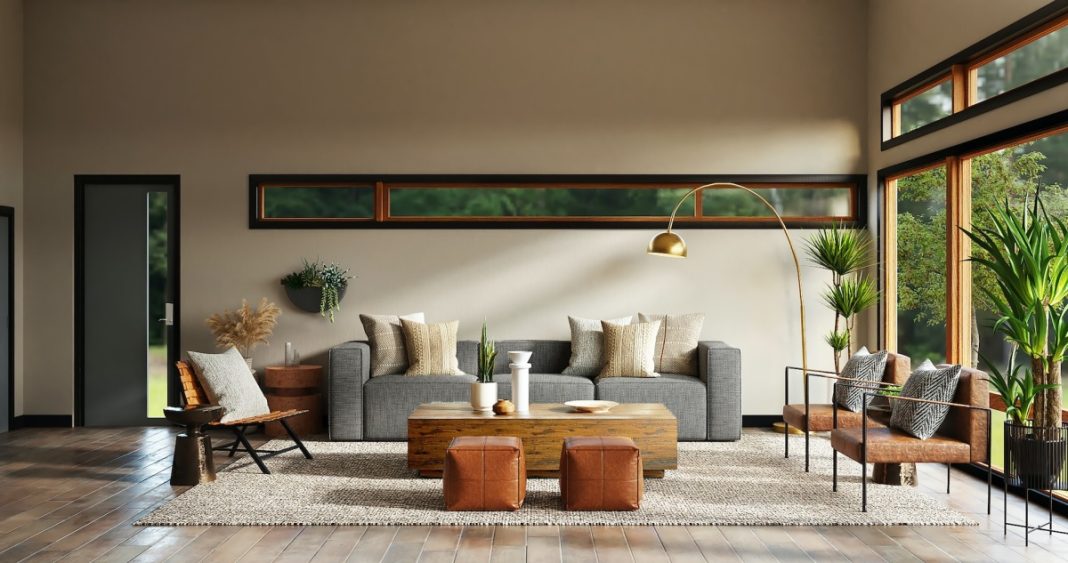This post was written in partnership with SumUp
Emerging technologies have changed conventions for all kinds of businesses, and interior design is no exception.
New tech in the home design space has allowed designers carry out more of their work remotely, streamline their projects, and ideate with their clients in a way that gives a more accurate picture of the finished product.
Here’s three of the latest technological breakthroughs in interior design, and how they can help homeowners craft the interiors that are right for them.
Augmented Reality (AR)
Augmented reality is technology that uses a smart device’s camera to project a digital object onto an image of the real world. Though it first became well-known through its use in popular mobile games, it’s since found many more applications, including in interior design.
Just like the ability to take online payments allowed designers to finalise projects without meeting clients in person, augmented reality software like the Homestyler App has added flexibility to the design process, allowing you to see how a certain product or design convention will look in a space without actually adding it.
Let’s say you’re planning on converting a space to a more minimalist style, but you’re not sure of what kind of pieces and layout would best serve the space you have available. With the use of AR software, you can use your smartphone or tablet to see digital versions of real products as they appear in your home, achieving a clearer picture of the design you’re planning and how best to achieve it.
Digital Drafting
Digital drafting tools such as SketchUp have revolutionised architecture and interior design by enabling designers to convert traditional 2D drawn designs into detailed 3D models.
These models allow designers to see their concepts from all possible angles and consider how a room’s unique style complements a home’s overall mien, making it easier to fine-tune concepts-in-progress to your unique goals.
In the professional sphere, 3D models created by digital drafting have allowed designers to provide clients with a more immersive experience when reviewing the ideas sent to them by designers. This empowers designers to craft more persuasive pitches and attract new business.
The Internet of Things (IoT)
The Internet of Things (IoT) refers to technology that enables physical objects to gather data from their environment and share it with other devices across the internet. The possibilities for this have been seized on by many industries, including furniture manufacturers.
Advanced homewares utilising the Internet of Things have created some exciting innovations for interior designers to use in their projects, such as:
- Human-centric lighting: Lighting that can not only be programmed to follow set schedules, but adapt to a user’s behaviour.
- Smart curtains: Curtains that open or close automatically depending on whether they detect sunlight.
- Smart multi-room audio systems: Smart home speakers are installed in the surrounding architecture and decor which can be set up to follow a user from room to room.
These examples are only a small part of the huge potential the Internet of Things has to expand the possibilities of interior design, with more forward-thinking homewares being developed all the time.




